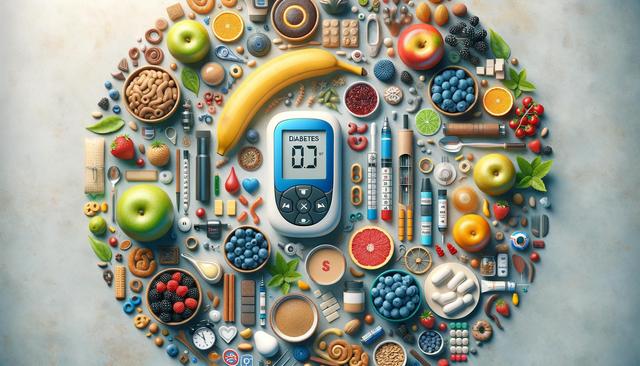Recognizing Early Signs of Diabetes
Understanding Diabetes
Diabetes is a chronic condition characterized by high levels of sugar (glucose) in the blood. It occurs when the body cannot produce or effectively use insulin, a hormone that regulates blood glucose. There are two primary types of diabetes: Type 1, where the body does not produce insulin, and Type 2, where the body becomes resistant to insulin. Identifying the early signs of diabetes can help in seeking timely medical intervention, which is essential for preventing complications associated with the disease. Recognizing these signs is crucial for individuals at risk, including those with a family history of diabetes, obesity, or leading a sedentary lifestyle.

Common Early Signs of Diabetes
Identifying early signs of diabetes is vital for timely intervention. Common symptoms include increased thirst and frequent urination, as the body attempts to flush out excess glucose through urine. Unexplained weight loss is another sign, especially in Type 1 diabetes, where the body breaks down muscle and fat for energy due to lack of glucose uptake. Fatigue and irritability are also prevalent as the body’s cells are deprived of glucose, their primary energy source. Some individuals may experience blurred vision as high blood sugar levels cause lens swelling in the eyes. Early detection of these symptoms can prompt individuals to seek medical advice and undergo necessary tests.
Risk Factors and Their Impact
Understanding risk factors is essential in recognizing early signs of diabetes. Family history plays a significant role; individuals with diabetic parents or siblings are at higher risk. Obesity and a sedentary lifestyle contribute significantly to the development of Type 2 diabetes. Age is another factor, with people over 45 being more susceptible. Ethnic background can also influence risk levels, with certain groups, such as African Americans, Hispanics, and Native Americans, being more prone to the condition. Recognizing these risk factors can help individuals take preventive measures, such as lifestyle modifications, to reduce the likelihood of developing diabetes.
Importance of Monitoring and Testing
Regular monitoring and testing are crucial in managing diabetes effectively. For those at risk, periodic blood sugar tests can help detect any changes in glucose levels early. The A1C test, which measures average blood sugar levels over the past two to three months, is a standard tool for diagnosing and managing diabetes. Monitoring blood pressure and cholesterol levels is also important as diabetes increases the risk of cardiovascular diseases. Regular check-ups with healthcare providers enable early detection and management of potential complications, ensuring better overall health outcomes for individuals diagnosed with diabetes.
Lifestyle Changes and Prevention
Adopting healthy lifestyle habits is a proactive approach to preventing diabetes. A balanced diet rich in fruits, vegetables, whole grains, and lean proteins can help maintain healthy blood sugar levels. Regular physical activity, such as brisk walking, cycling, or swimming, enhances insulin sensitivity and aids in weight management. Stress management techniques, including yoga and meditation, can also be beneficial as stress impacts blood sugar levels. Avoiding smoking and limiting alcohol intake are additional preventive measures. By making these lifestyle changes, individuals can reduce their risk of developing diabetes and improve their overall well-being.
